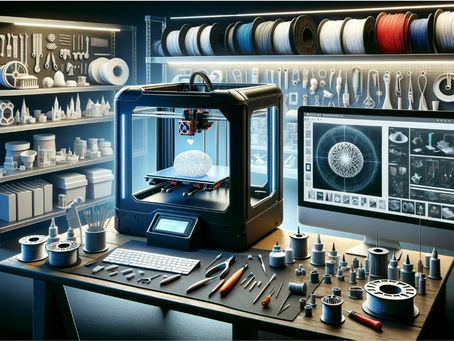top of page
Search

Future of Cultural Preservation: Laser Scanning
In the digital age, the preservation and dissemination of cultural heritage require precise and efficient methods. Laser scanning...
PreserSafe
Oct 31, 20243 min read


Future of Cultural Preservation: Holographic Technology
Today, however, as digital technology rapidly retires the analog age of yore and further revolutionizes our lives, times call for...
PreserSafe
Oct 23, 20243 min read


Future of Cultural Preservation: 3D Printing
Protecting cultural heritage in urban situations has become a major challenge in an age distinguished by ever faster technical...
PreserSafe
Oct 10, 20243 min read
bottom of page